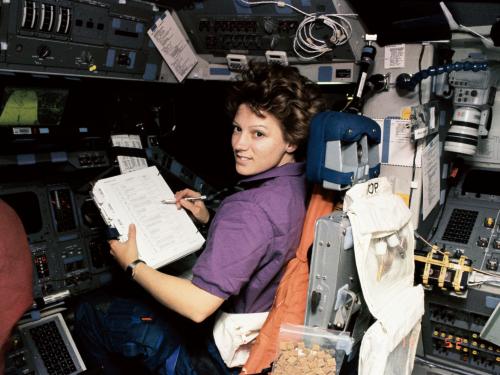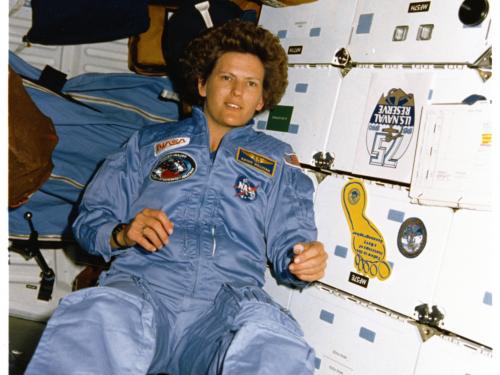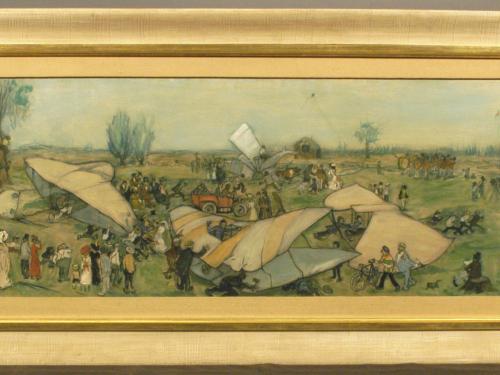
Stories of daring, stories of technological feats, stories of prevailing against the odds ... these are the stories we tell at the National Air and Space Museum. Dive in to the stories below to discover, learn, and be inspired.
Showing 301 - 310 of 1761

September 21, 2022
Eileen M. Collins, a retired U.S. Air Force colonel, was the first woman to be the pilot on a NASA space shuttle flight. She recently spoke with Air & Space Quarterly senior editor Diane Tedeschi.

September 21, 2022
Bruce Campbell is a senior scientist at the National Air and Space Museum’s Center for Earth and Planetary Studies, where he studies the surface and subsurface geology of the moon, Mars, Venus, and the icy moons of the outer planets.

September 21, 2022
If you've heard the famous line "Houston, we've had a problem," you may be wondering: just who exactly is Houston?

September 21, 2022
What's new in aviation and space.

September 21, 2022
Linear dunes—desert formations stretching miles in length, which account for 40 percent of the dunes on Earth. UAVs are revolutionizing scientists ability to conduct fieldwork. They can collect high-resolution, high-fidelity data to analyze the nature of a variety of features.

September 17, 2022
Beyond Kathryn D. Sullivan's years as an astronaut, she ventured into many other fields of work and study. Sullivan is a trained scientist with a Ph.D. in geology, who has conducted extensive oceanographic research on the floors of the Atlantic and Pacific Oceans. She has also served in the U.S. Naval Reserve (USNR) and as the National Oceanic and Atmospheric Administration (NOAA) Administrator.

September 09, 2022
Today we cannot imagine war without the airplane, but there was a time when the airplane's military potential was not yet apparent.

September 09, 2022
The first air races, meets, and flight exhibitions kicked off a wave of public enthusiasm for aviation that circled the globe.

September 08, 2022
Sleeping in space goes back almost as far as there have been people in space (specifically, a cosmonaut who caught some shuteye in 1961). Astronauts have slept in capsules, shuttles, space stations, and even on the Moon. Sleep is an important part of an astronaut’s health, particularly for longer duration missions. But from noisy crewmates to spaceship sounds and even the sheer excitement of it all, sleeping in space hasn’t always been easy. To find out what it’s really like we speak with former astronaut Mike Massimino who relates his shuttle sleeping experience to a big slumber party. We’re catching Zs in zero-G, today on AirSpace.

September 06, 2022
Our Museum recently acquired a first-generation HawkEye 360 Pathfinder satellite. The three Pathfinders and follow-on satellites form the first commercial satellite constellation ever to detect, characterize, and geolocate a broad range of radio frequency signals from transmitters on the ground and sea.